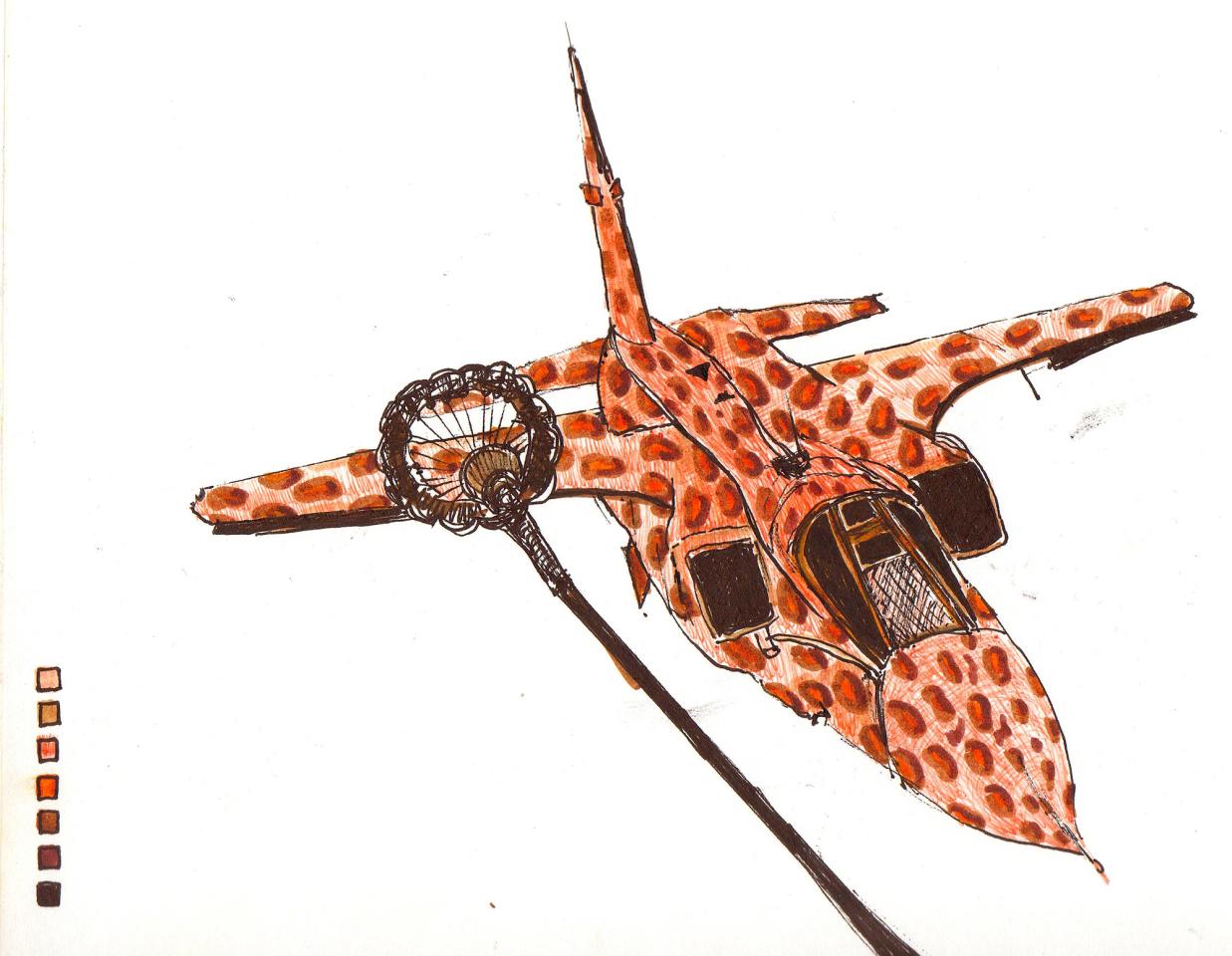Chantal Raguet
Born in 1973
Lives and works in Bordeaux

At first I chose decoration as a framework for my praxis; this field of action had little to do with scenery work, ornamentation or the decorative arts per se, but rather with a transversal dimension made to question their limits.
For a time, I saw this kind of transgressive decorative process, which I like to consider in its critical perspective, as an opportunity to dissent from the established order and norms. I put together a sort of strategy for disobedience by taking on various applications such as verticality (wall painting), overspreading (wallpaper), seriality (friezes, motifs) and furniture (as a sign of good or bad taste). I was still deeply interested in handmade things and craftsmanship, as well as high-tech industry, theories of abstraction, the optical unconscious and conceptual art, and of course continued to refuse “low-high culture” standardisation. I assumed the position of an object DJ = OB-J, which included a mix of crafts, comings and goings and reuses of History – both art history and my own. I always evolve amidst elements in my surroundings that are considered mundane, trivial, vulgar or obsolete. My method involves sampling and visual vandalism. I reactivate them and question their respective positions and values.
My skill set and mediums could be summed up as obsessive and occasional collecting, accumulation, repetition (sampling), contamination, proliferation (virality), deconstruction (cutting), reversal, inversion (scratching), contradiction and displacement. The pieces thus obtained often included an object without actually being sculptures; sometimes looked like paintings without paint, albeit with similar issues; neither were they really installations – a wasteland with no genuine potential for asserting any models, direct connections, or even progress.
In this partially iconoclastic position, I soon realised that this decorative claim was in fact an alibi, a way for me to maintain at any cost the various levels of interpretation and understanding of what I was making. It stemmed from a will to deceive appearances and aspect while also accepting the potential aesthetic, poetic or symbolic significance of the pieces. In fact, what really matters to me is their social context and the denunciation of norms, in favour of minorities and against any form of exclusion and alienation. I make a point of deciphering the various symbols in use. For example, I would rather think about the relationship between masculinities than about feminism; I cover issues of martiality, textile and training, and I tell the story of my journeys. My output is therefore varied but methodical. I like to interact with specialists from various fields of expertise. I investigate and analyse to find ways of breaking the silence or bringing to light secrets, grey areas and errors of interpretation. I make the most of their inconsistencies. I make all sorts of corrections, touch-ups and readjustments to the true position of things. I would like to shine a light on what is unwatchable or what is no longer seen out of visual habit. My work is to embellish horror, to cover up suffering, to sublimate them.
My two other weapons are time and the humour I use in the titles of my works. Because I am so concerned with searching for meaning and truth, I am de facto opposed to the need to create fiction around a piece. Instead, I tend to defictionalise reality.